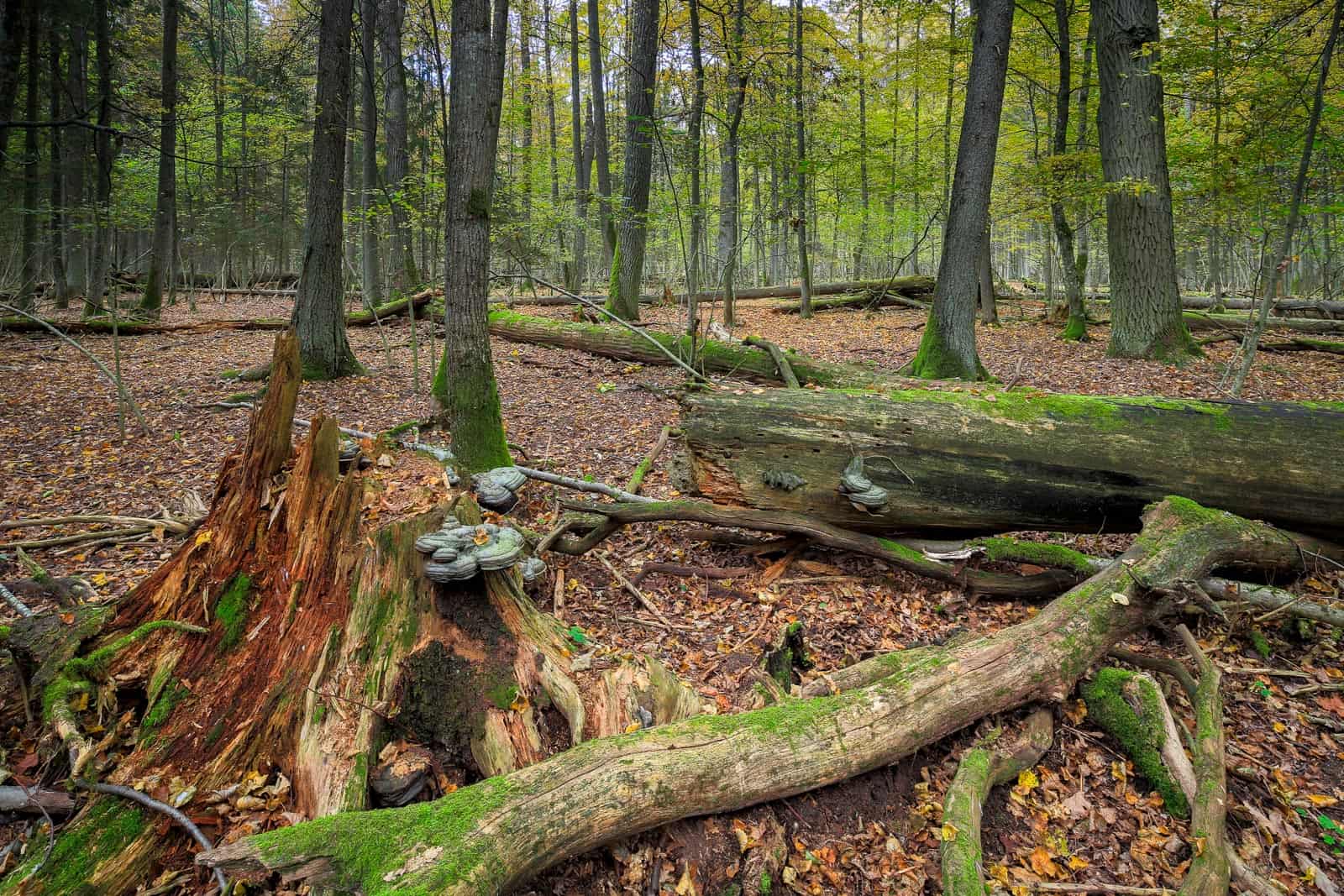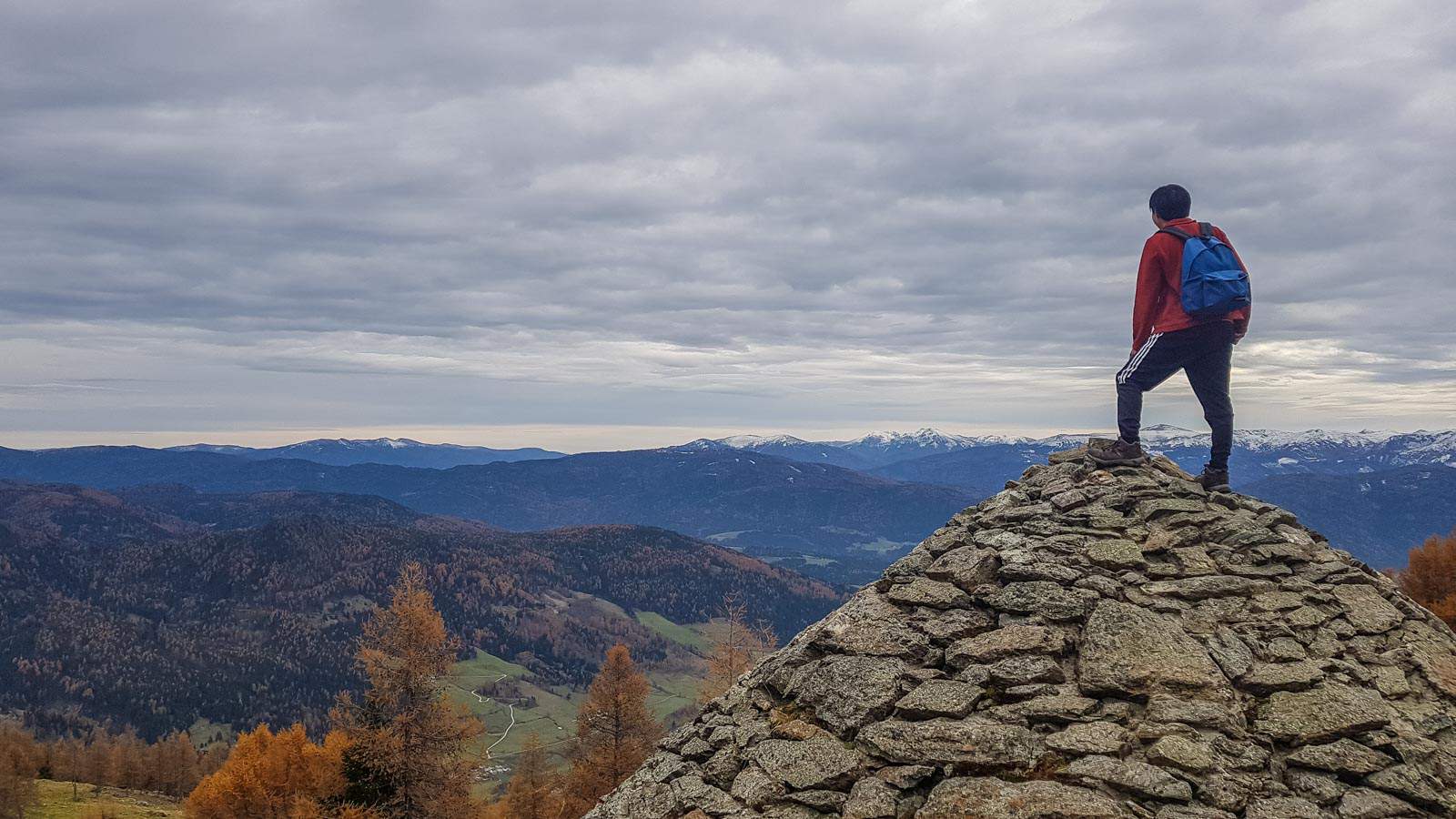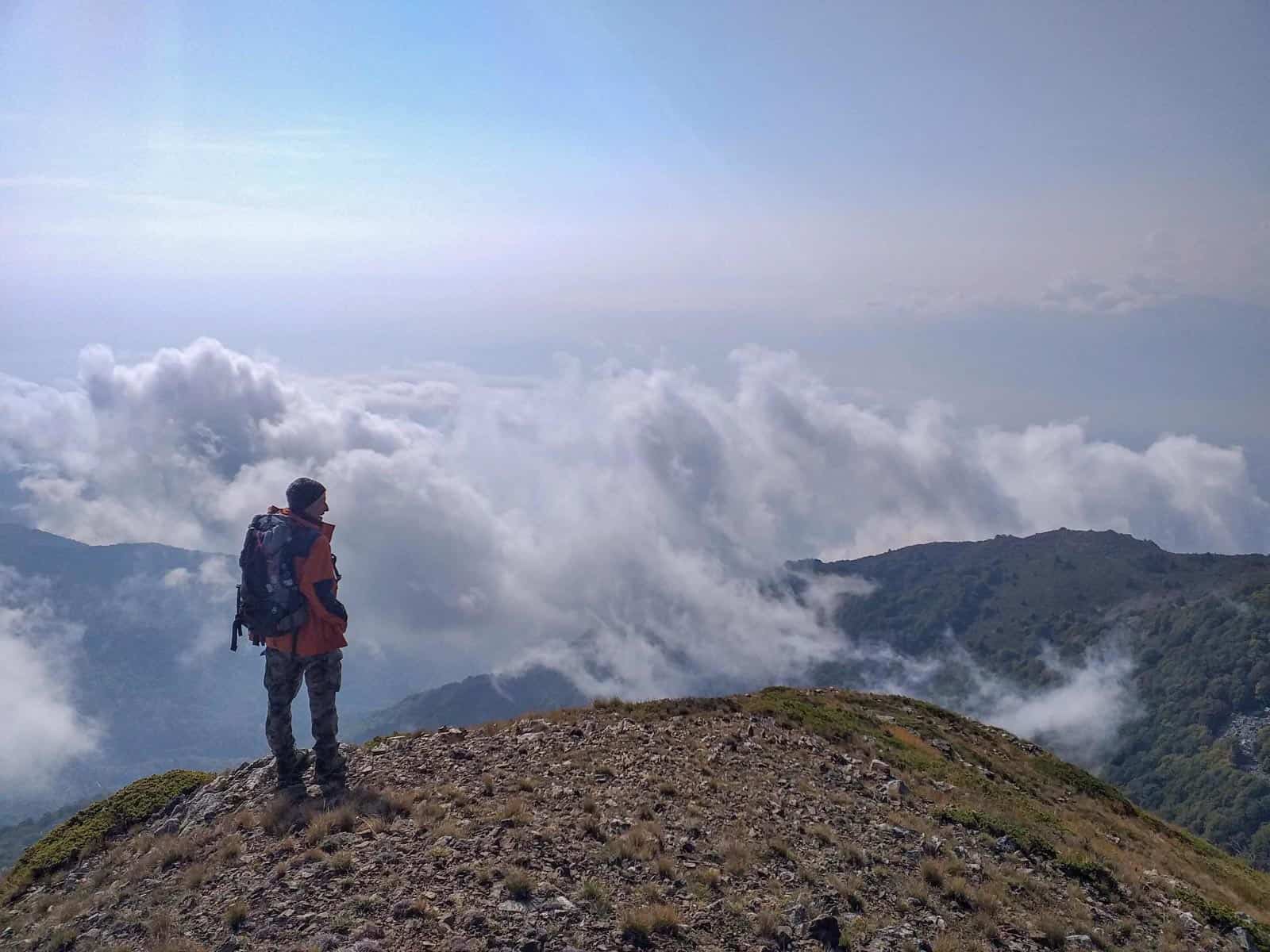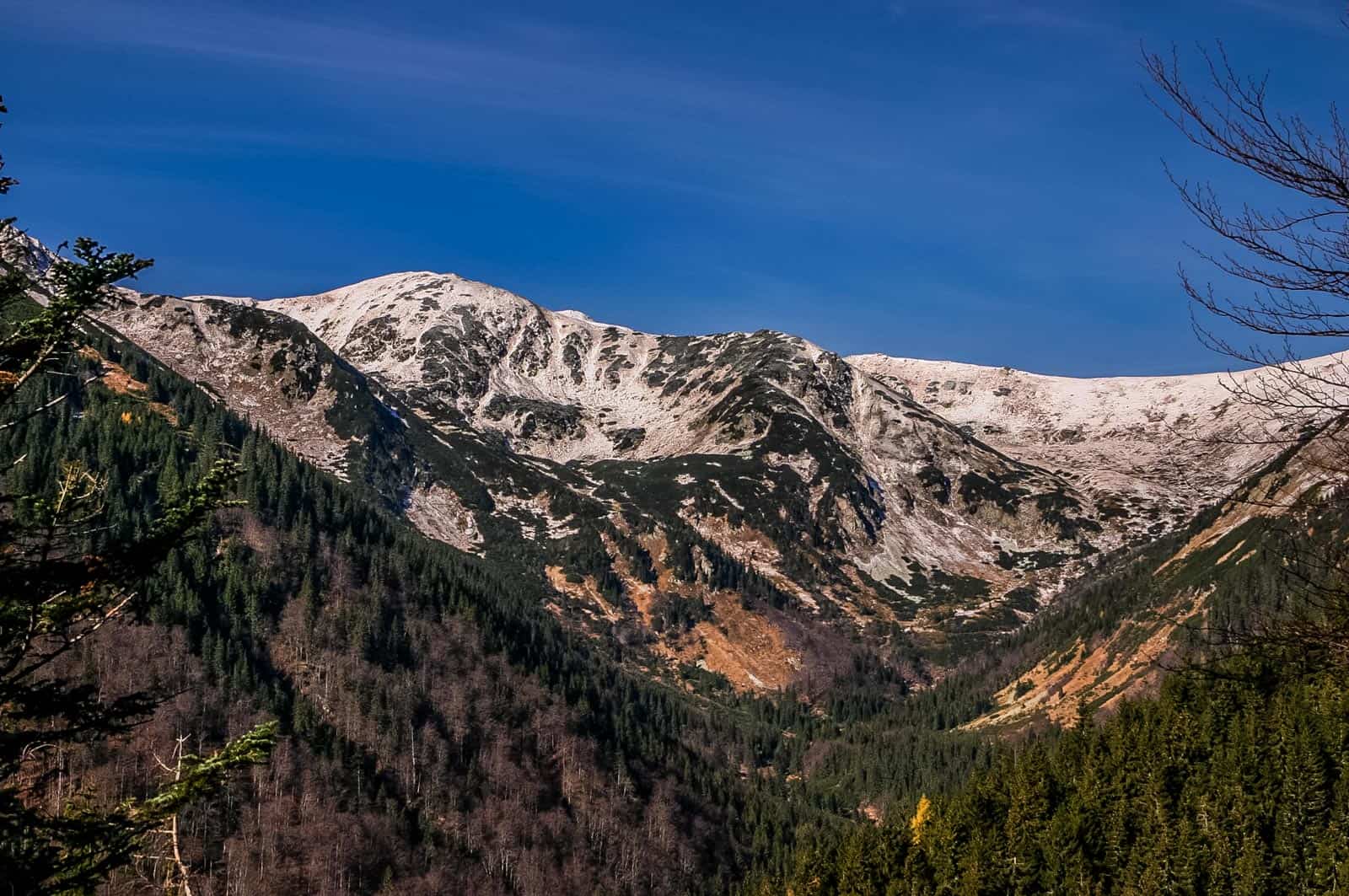Mapping the underground network of fungi
The vast network of fungi beneath the ground, also known as the internet of life and integral part of the Wood Wide Web, forming a vast underground network of connections with plant roots, helping to recycle nutrients and to lock up CO2 in the soil. However, we have little to no knowledge about what this network looks like. Now, with increasing attention on the fungi that play a major role in absorbing and storing carbon dioxide, the Society for the Protection of Underground Networks (SPUN) is setting out to map the global fungal network.
Wood wide web
Fungi use carbon to build networks in the soil and, by attaching themselves to the roots of plants, provide a kind of nutrient web and engaging in a mutual relationship with plants, for example by giving phosphorus to their host plants in exchange for a little carbon dioxide they absorb. These underground networks can be several kilometres long and extend over thousands of billions of kilometres. Although they are vital for soil fertility and biodiversity, we know very little about them. In addition, the main nodes of so-called mycorrhizal fungi (i.e. fungi that live in symbiosis with plants) are under threat from a range of factors, such as extensive agriculture, water scarcity, climate change and pollution.
As part of the SPUN project, a team of researchers from the US, Canada, France, Germany, the Netherlands and the UK will first collect 10,000 samples from around the world, which will be identified using artificial intelligence, as reported by BBC. First, samples will come from Patagonia, Argentina and Chile, to map the underground network of mycorrhizal fungi and identify which ecosystems are most at risk.
“An understanding of underground fungal networks is essential to our efforts to protect the soil, on which life depends, before it is too late” said Jane Goodall, the project’s advisor. Ecosystems with a healthy mycorrhizal fungal network can store up to eight times more carbon in the soil than where these fungi are not present, according to research. The chemicals used in modern agriculture cause a disruption in the dynamics of nutrient exchange between plants and fungi, and a vicious cycle begins: fungal networks gradually disappear, requiring the intake of more and more chemicals, further degrading soil quality, which becomes vulnerable to drought, soil erosion, pests and pathogens.
Research hotspots
The researchers have identified a number of further field sites where mapping will be worthwhile, such as the Canadian tundra, the Mexican plateau, the high mountains of South America, Morocco, the Western Sahara, the Israeli Negev desert, the Kazakh steppes, the grasslands and plateaus of the Tiber, and the Russian taiga. Researchers also plan to work with global and local conservation organisations to protect the fungal networks. The project has received $3.5 million in funding from a British investor Jeremy Grantham who has funded a number of climate change, environmental and conservation causes over the past 25 years.








